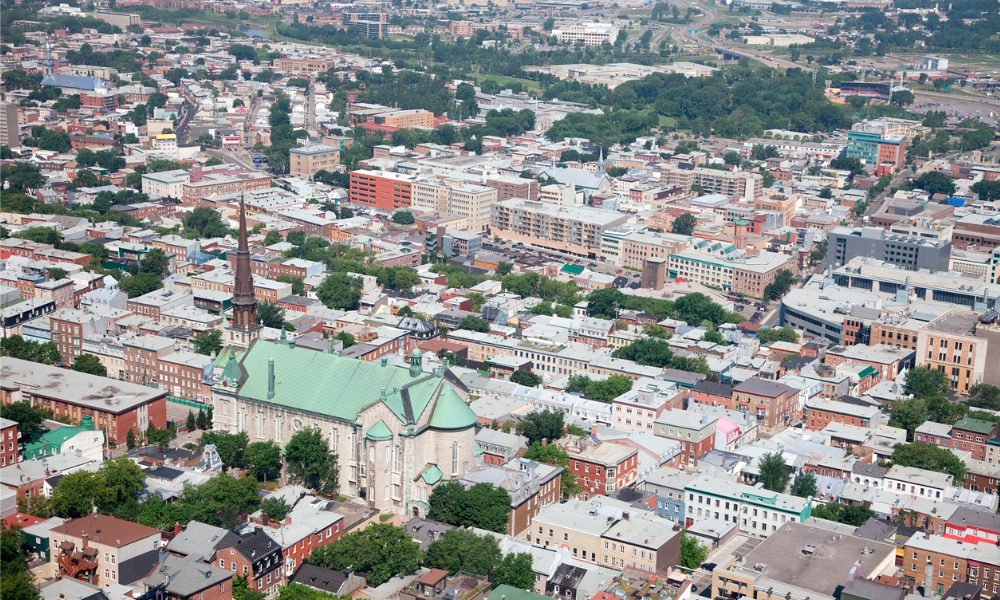Despite a cooler national market, these regions posted noteworthy price gains

Benchmark home prices in 42 out of 56 housing markets have seen increases between Decembers 2022 and 2023 with markets in Quebec, New Brunswick, Ontario, and Calgary having the biggest rise, according to data released by the Canadian Real Estate Association (CREA).
The area that had the largest increase in the benchmark home price was Mauricie, Quebec with a 17.3% jump, amounting to $264,400. While this was the largest increase, it was still the area with the lowest benchmark prices according to CREA.
Sudbury, Ontario saw the second largest increase with a 15.1% rise, reaching the total benchmark home price of $437,900. Its real estate market in 2023 saw an increasing number of sellers, with the trend expected to continue throughout 2024.
The third highest increase was seen in Greater Moncton with a 12.6% rise, amounting to a benchmark home price of $350,700. This was due to the growing interest in the area because of its affordability in contrast to more urban places, with its benchmark price previously being less than half of the prices seen across the country.
With the growing demand in the area, Greater Moncton saw the benchmark prices for single-family homes as well as townhouses and row units increase by 13.6% and 6.1% respectively. Meanwhile, apartments saw an 11.4% decline in the benchmark price.
Bancroft, Ontario closely followed with a 12.5% increase in its benchmark home price, which amounted to $551,900. Calgary took up fifth place with a 10.5% increase in its benchmark home price, totalling $568,000. It was the only major city to be part of the top five areas with the highest increases.
A report by the Calgary Real Estate Board (CREB) found that migration into Alberta caused tight housing conditions, which eventually caused home prices to increase in Calgary. More than 30,000 people per quarter moved to Alberta, with migration hitting a high of 56,306 in Q3 of 2023. While the board predicted that the city’s population growth will decrease in 2024, the increases seen in the recent years will most likely keep demand high.



